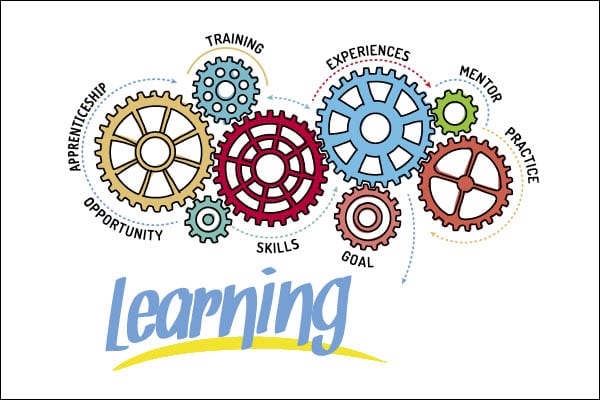Tim Knowles, Carnegie Foundation for the Advancement of Teaching, was interviewed by The 74 on rethinking the age-old time-in-the-seat equals learning.
“At the heart of accelerating learning is ensuring young people are leaning in, are engaged, are inspired and are working on problems that they think are actually useful — whether it’s useful for their own trajectories, pursuing a track that is orienting them to a particular profession or sector, or more here and now,” Knowles says.
“So, yes, engagement is an instrumental variable in all this, and teenagers have already spoken. We know they’re not engaged. There have been some systems around the country that have made marked improvements in high school completion, but there are many where 50, 60 or 70% of students are biding their time. Getting through.
“If we’re losing 30 or 40% of our young people before they’ve even had a shot, then we’ve got to take a step back and ask what might work better, what we need to do differently. And that’s not a small incremental step, like providing double blocks in math or high-dosage tutoring. There’s something much more fundamental involved in reconsidering how we think about time and learning.
“The other thing about teenagers is that when you create opportunities which are highly engaging, and you enlist their agency in learning, you really just have to get out of the way. Versus in a set of circumstances that may feel to them far more compliance-oriented, where they’re doing seven periods for 40 minutes or 42 minutes between bells with a two-minute passing period, with seven different teachers every day who may have so many students that they can’t even learn their names until the end of October. If you turn that on its head, young people are going to rise and surprise us.
“There was a survey of high school students nationally during the pandemic, and almost to a person they said they wanted to come back to school — not surprisingly. But not all of the time. I don’t think that was a statement about not being interested in learning. I think that was a statement about not wanting only that form of learning all the time. Students need to be in classrooms with amazing teachers, but also recognizing that, “Wait, I’ve been learning independently. I’ve been pursuing things I’m passionate about.”
“If we could scaffold that systematically with opportunities for apprenticeships, for internships, for community embedded work, I think it’s safe to say not only would we be hewing much more closely to what empirical evidence says is the best way to learn, but we would be in a situation where the young people were much, much more interested and excited about what they were learning.”
The 74






